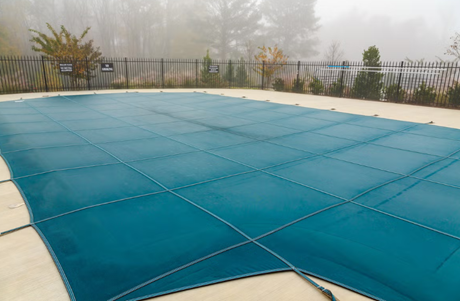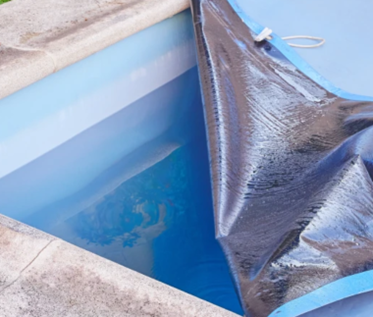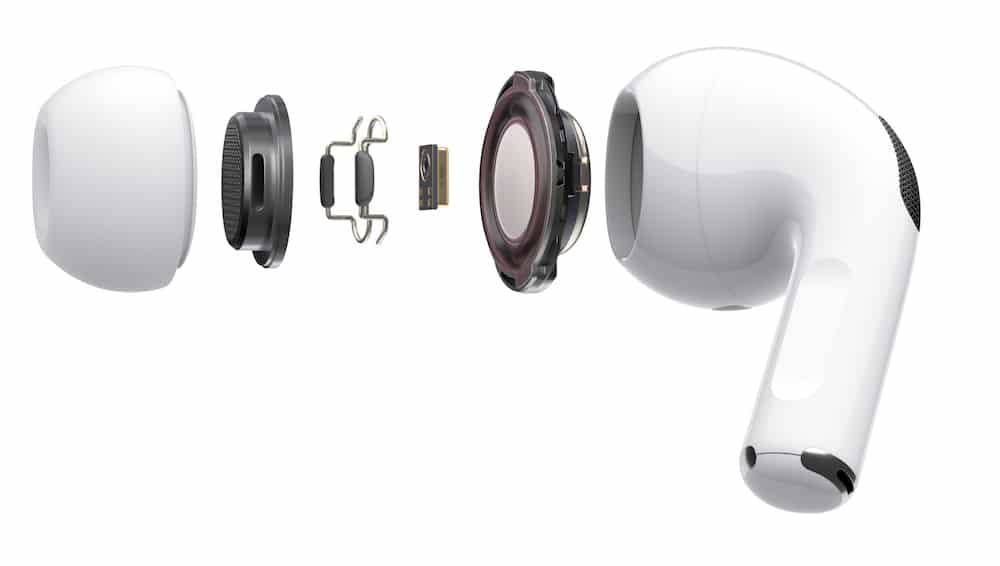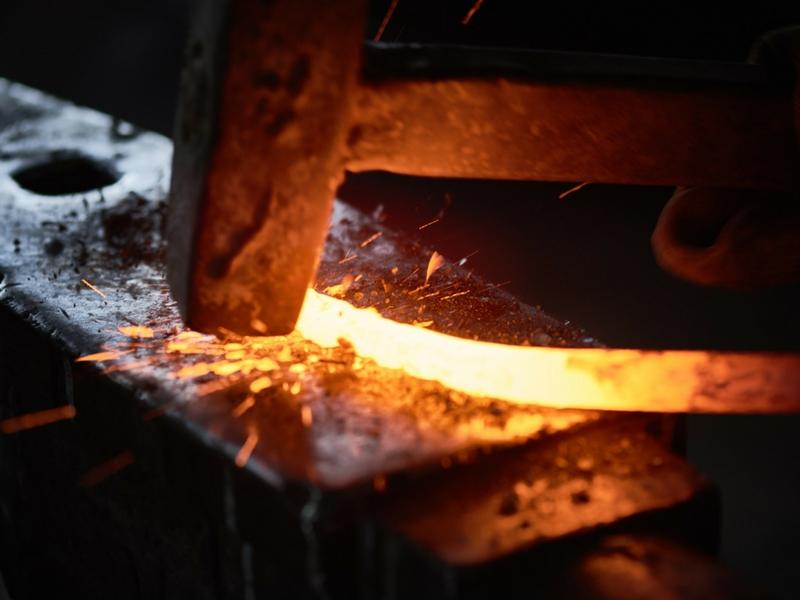How to Winterize a Pool Without Professional Help
Winterizing a pool is an essential task to protect it from damage during the colder months. Learning how to winterize a pool yourself can save you money and ensure that your pool is ready to go when the weather warms up. Whether you’re a seasoned pool owner or new to the task, this guide will provide clear, step-by-step instructions to winterize your pool without the need for professional help.

Why Should You Winterize Your Pool?
Winterizing your pool is crucial for several reasons. First, it prevents damage caused by freezing temperatures. Water left in the pool and its equipment can freeze and expand, causing cracks in the plumbing lines, filters, and pumps. Winterizing also helps keep the water clean and clear, reducing the amount of work needed to get the pool ready again in the spring. Additionally, a properly winterized pool ensures that the pool’s surfaces and structures are protected from debris and algae growth. Lastly, it can save you substantial amounts of money in potential repairs and maintenance costs associated with neglect during the off-season.
What Supplies Are Needed to Winterize a Pool?
Preparation involves gathering all necessary supplies. You will need a pool skimmer or net, a pool vacuum, water test strips or a testing kit, pool shock, algaecide, winterizing chemicals, a pool cover, an air compressor or shop vacuum, and plugs or caps for the pool lines. Additionally, having protective gloves, safety goggles, and a clean bucket can make the process easier and safer. Ensure you have all these supplies on hand before starting the winterization process to make it smooth and efficient.
How to Winterize a Pool Step-by-Step
Step 1: Clean and Remove Pool Accessories
Begin by thoroughly cleaning your pool. Use a skimmer or net to remove leaves, bugs, and other debris. Vacuum the pool to clear out any dirt that has settled at the bottom. Remove and clean all pool accessories, including ladders, handrails, and skimmer baskets, and store them in a dry place.
Step 2: Test and Balance Water Chemistry
Use your water test strips or kit to check the pH, alkalinity, and calcium hardness levels of the pool water. Adjust these levels as needed to ensure they are within the recommended ranges: pH 7.2-7.6, alkalinity 80-120 ppm, and calcium hardness 180-220 ppm. Properly balanced water is less likely to cause scale buildup and corrosion over the winter.
Step 3: Lower the Water Level
Lower the water level in the pool. The water should be below the level of the skimmer and return lines to prevent them from freezing. Using a submersible pump, remove the water until it reaches the appropriate level. Be cautious not to lower it too much, as this could damage the pool liner.
Step 4: Drain and Protect Pool Equipment
Next, drain the water from all pool equipment, including the pump, filter, and heater. Use an air compressor or shop vacuum to blow out any remaining water from the pipes and equipment. Once all water is removed, plug or cap all the lines to prevent water from re-entering.
Step 5: Add Winterizing Chemicals
Shocking the pool and adding algaecide are critical steps to prevent algae growth and maintain water quality. Follow the manufacturer’s instructions to add the appropriate amount of winterizing chemicals. This usually involves a shock treatment and adding a winterizing algaecide to the water.
Step 6: Cover the Pool Securely
Finally, cover the pool with a durable, well-fitted pool cover. Ensure that the cover is securely fastened and that there are no gaps where debris could enter or animals could access the pool. Using water bags or cover clips can help keep the cover in place even during strong winds.

Common Mistakes to Avoid When Winterizing a Pool
Avoiding common mistakes can save you time and ensure your pool is properly protected. Don’t forget to remove all pool accessories, as leaving them in can cause damage over the winter. Ensure you fully drain and blow out water from the plumbing lines to prevent freezing and bursting pipes. Using too few chemicals can lead to algae growth, so always follow the recommended dosages. Additionally, make sure your pool cover is secure to prevent debris and contaminants from entering the pool.
Conclusion
Winterizing your pool without professional help is entirely possible with the right preparation and supplies. By following these steps on how to winterize a pool, you can protect your pool from winter damage and ensure it will be ready for use in the spring. Taking the time to properly winterize your pool can save you money and extend the life of your pool and its equipment.
FAQ
When is the best time to winterize a pool?
The best time to winterize your pool is before the temperatures drop below freezing. It’s usually recommended to start the process when the water temperature is consistently below 65°F (18°C).
Can I use pool antifreeze instead of blowing out the lines?
While pool antifreeze can be used as an extra precaution, it’s not a substitute for properly blowing out the lines. Blowing out the lines ensures all water is removed, which is the best way to prevent freezing and potential damage.
How do I maintain my pool cover during winter?
Regularly check your pool cover for any debris, snow, or water accumulation. Remove any build-up to prevent damage to the cover. Ensure that the cover remains secure and check for any signs of wear or damage throughout the winter.
By carefully following these guidelines, you can successfully winterize your pool without professional help, saving money while protecting your investment.



![PAU - [ Altern@tives-P@loises ] PAU - [ Altern@tives-P@loises ]](http://website-google-hk.oss-cn-hongkong.aliyuncs.com/drawing/179/2022-3-2/21584.jpeg)

![Good deal: 15% bonus credit on App Store cards of €25 and more [completed] 🆕 | iGeneration Good deal: 15% bonus credit on App Store cards of €25 and more [completed] 🆕 | iGeneration](http://website-google-hk.oss-cn-hongkong.aliyuncs.com/drawing/179/2022-3-2/21870.jpeg)





Related Articles